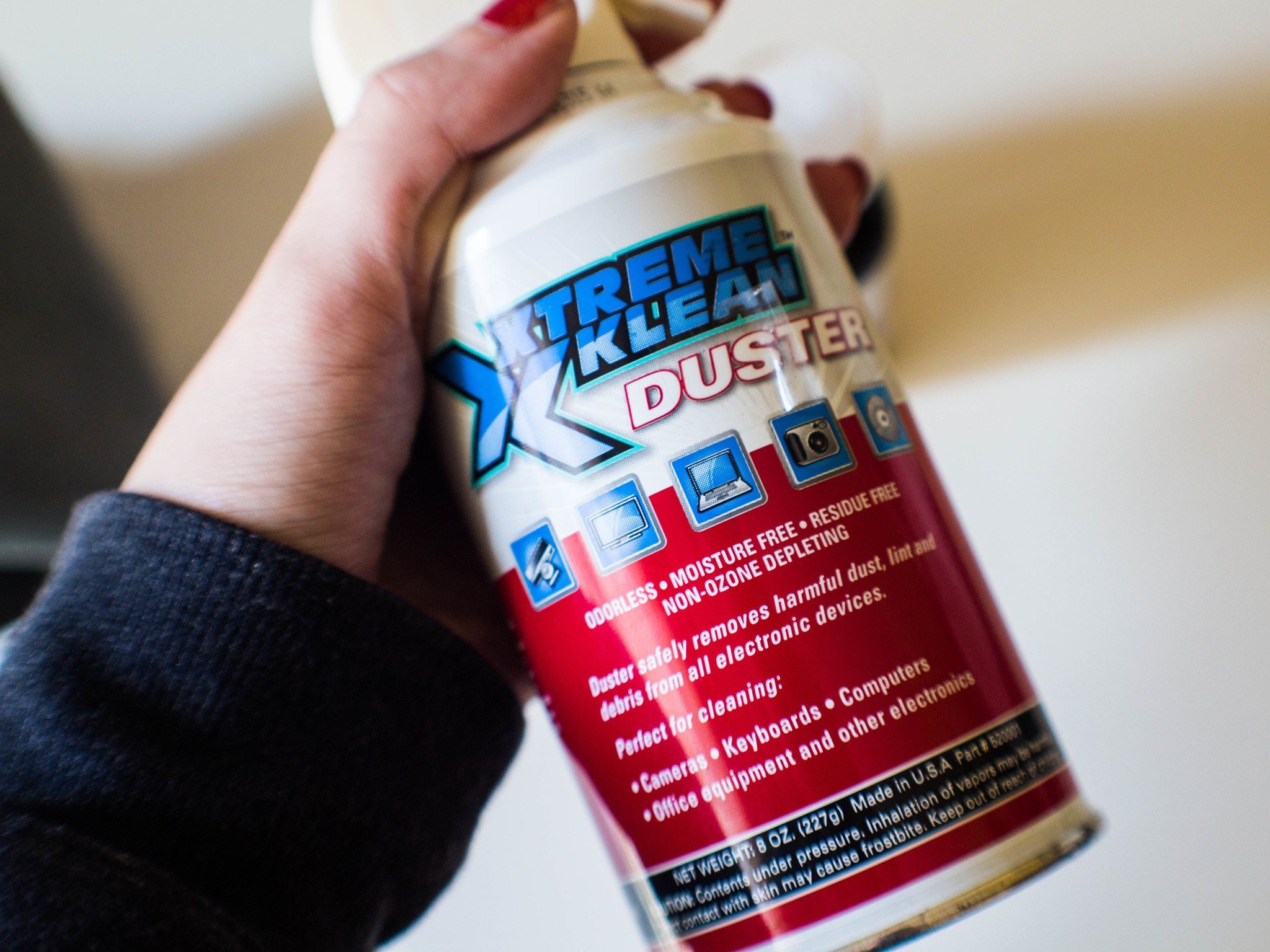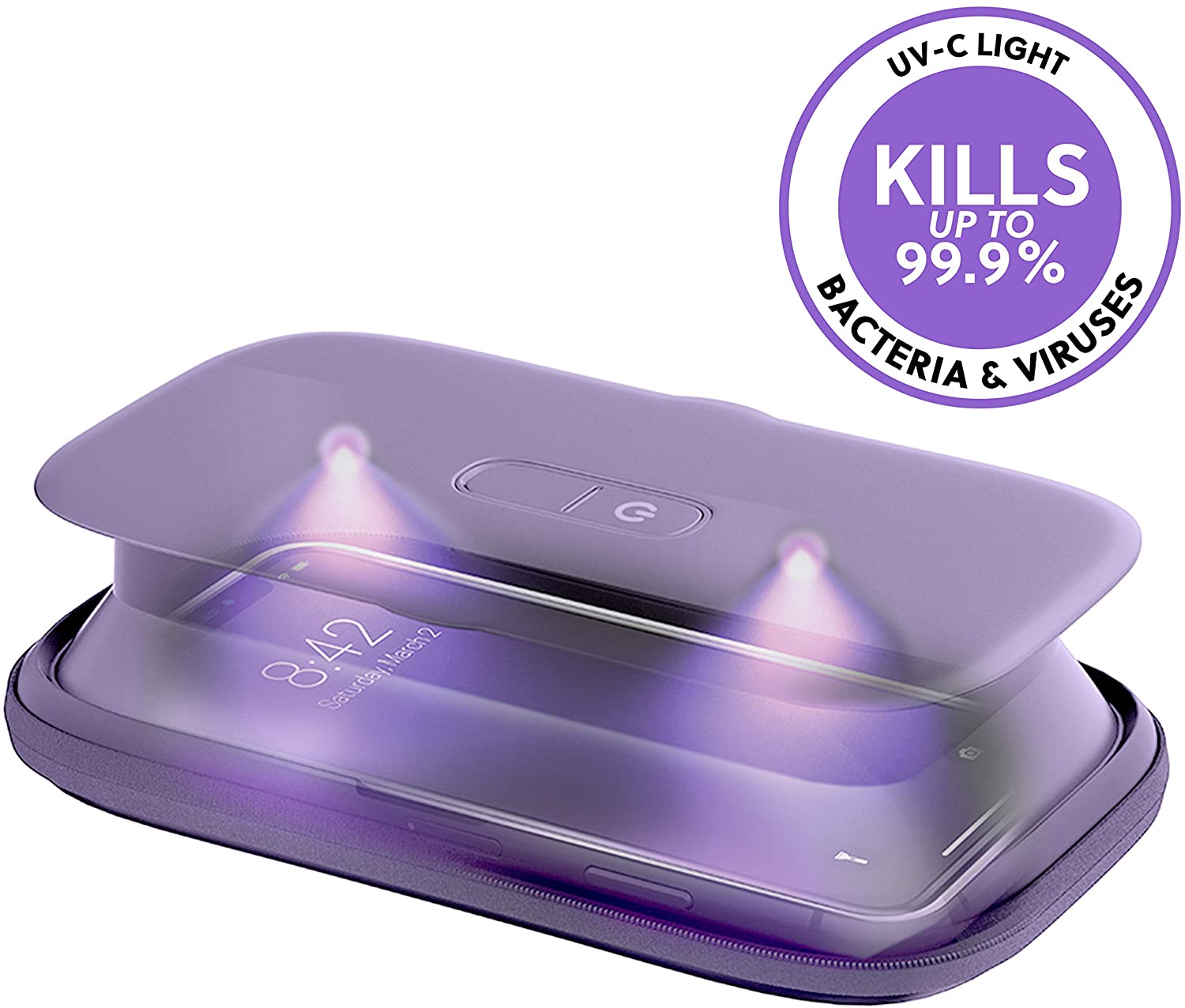
You spend all day with your phone, setting it down on tables, chairs, public benches, bathroom counters, and even more unsightly places. And you can't always see the germs, dirt, grime, and potentially even viruses, your phone is allowing to call home. As we deal with COVID-19, keeping our phones clean and sanitized is of greater importance than ever before. But thankfully getting them clean again can be easy, if you know what to use.

Lysol or Clorox wipes might seem like an easy way to clean grime off a phone, and the perfect way to fend off COVID-19. But fight this instinct with every phone-loving fiber of your being. Bleach, vinegar, alcohol, and most harsh disinfectant chemicals can clean the sides and back of an Android phone or iPhone, but those chemicals need to stay far away from the glass front of your phone (and glass back if you have one), as they will eat away at the oleophobic coating that your phone uses to help fight fingerprint smudges.
What if my oleophobic coating is already gone? Or I don't care about it? The oleophobic coating wears down naturally over time, so if yours is already gone, then feel free to go to town with some Lysol wipes, just be careful as you do. Make sure you don't let the liquid from the wipe seep into any ports or pinhole mics, and make sure you let the solution dry completely from the phone before you re-apply your case. These chemicals don't play nice with the interior components of your phone, and if they seep in far enough to trip the water damage sensor most phones have these days, you might not be covered for a warranty replacement if something shorts out.
Compressed air can be useful since it blows dust out of hard-to-reach places. However, you need to be very, very careful when using it with a phone as compressed air can damage pinhole mics and other components quite easily with their precise, pressurized air blasts.
If you don't regularly use your headphone port - or just tend to acquire more dirt and lint in your ports than normal - consider investing in a set of dust plugs to help keep your port clear and clean when not charging. Also, if you'd like to cut down on grime accumulated on your screen/case when you use your phone, put your phone down for a few minutes and go wash your grimy hands or apply some hand sanitizer before getting back to browsing Reddit. Or try not to use the phone at all while running errands, using wireless earbuds if you need to answer a call and checking messages by glancing at a smartwatch instead, for example. When you get home, don't take it out of your pocket or purse until you've had the chance to thoroughly wash your hands.
Seriously, clean your hands, ya filthy animal!
There are solutions you can make by diluting isopropyl alcohol that can disinfect a phone, but again, you generally want to avoid alcohol and vinegar as they'll eat through your oleophobic coating. If not that, what's a girl to disinfect with instead? UV! Ultraviolet lights can kill bacteria and disinfect your phone with just a few minutes inside a doll-sized tanning bed.
There are a few versions of these UV phone baths out there. The HoMedics UV-Clean Phone Sanitizer is a neat option worth considering. It uses UV-C LED sanitizing and patented pop-up technology to sanitize both sides of your phone in about a minute, and it doesn't use any mercury or chemicals. Designed to kill 99.9% of bacteria on your phone, it even collapses flat and fits in a case so you can bring it with you. The rechargeable LEDS last for thousands of uses. If you have a super-sized phone like the Galaxy S20 Ultra, you'll want to opt for one like the F7F9 UV Smart Phone Sterilizer Box to ensure your phone fits. It also has an aromatherapy mode to add a nice, fresh scent to your phone!
I like to bathe my phone and case separately so that no grime can hide under the cracks and crevices of the case, but you can stick your phone in the case and kill all of the surface bacteria on your phone. Consider investing in one of these sanitizing devices and running your phone through it at least once a week, or whenever you head out to run errands.
There are a lot of different products out there you can employ to clean a phone, and no one single item is required to clean yours. These are the products that have worked best for us, but you may also have products like these sitting around your house already.



We may earn a commission for purchases using our links. Learn more.